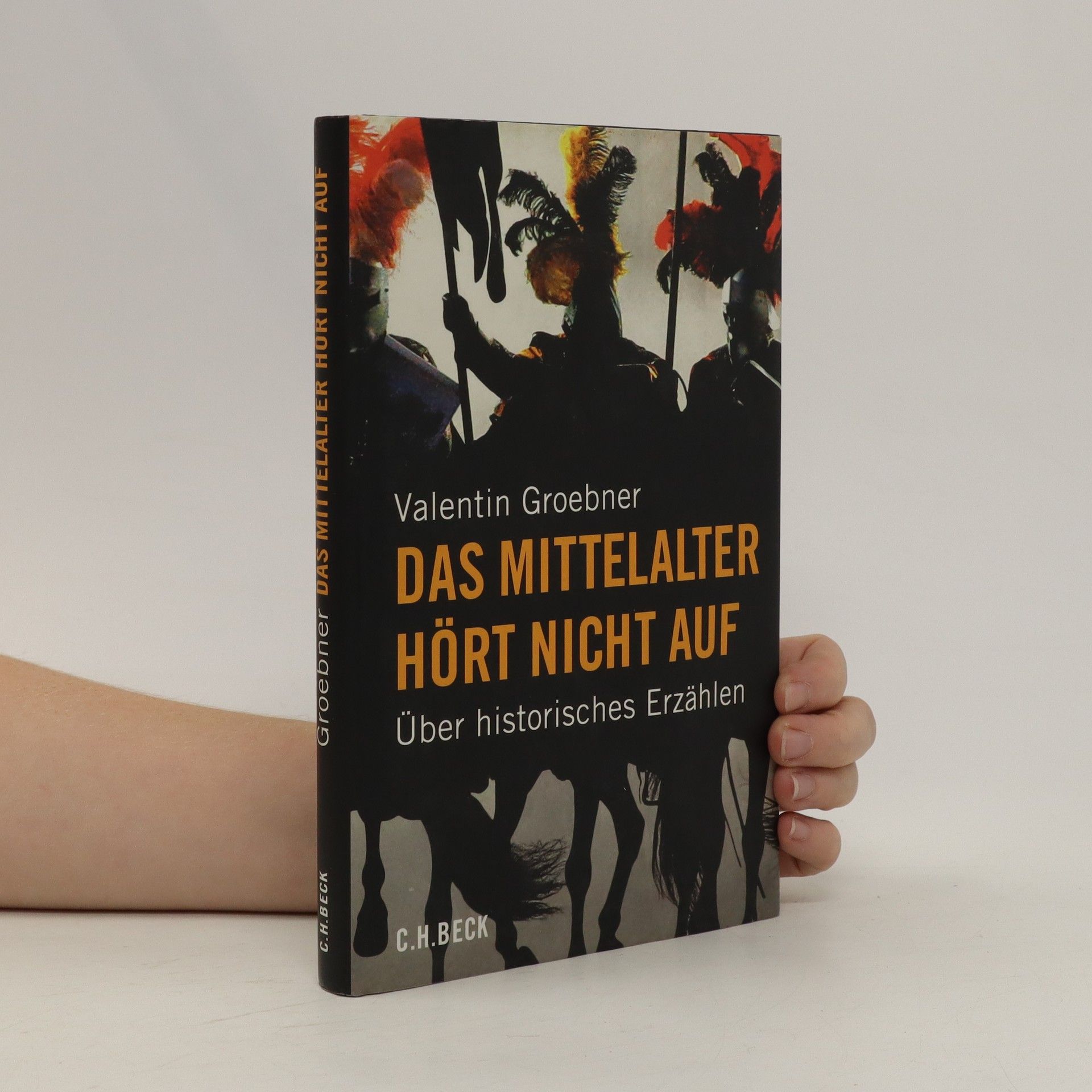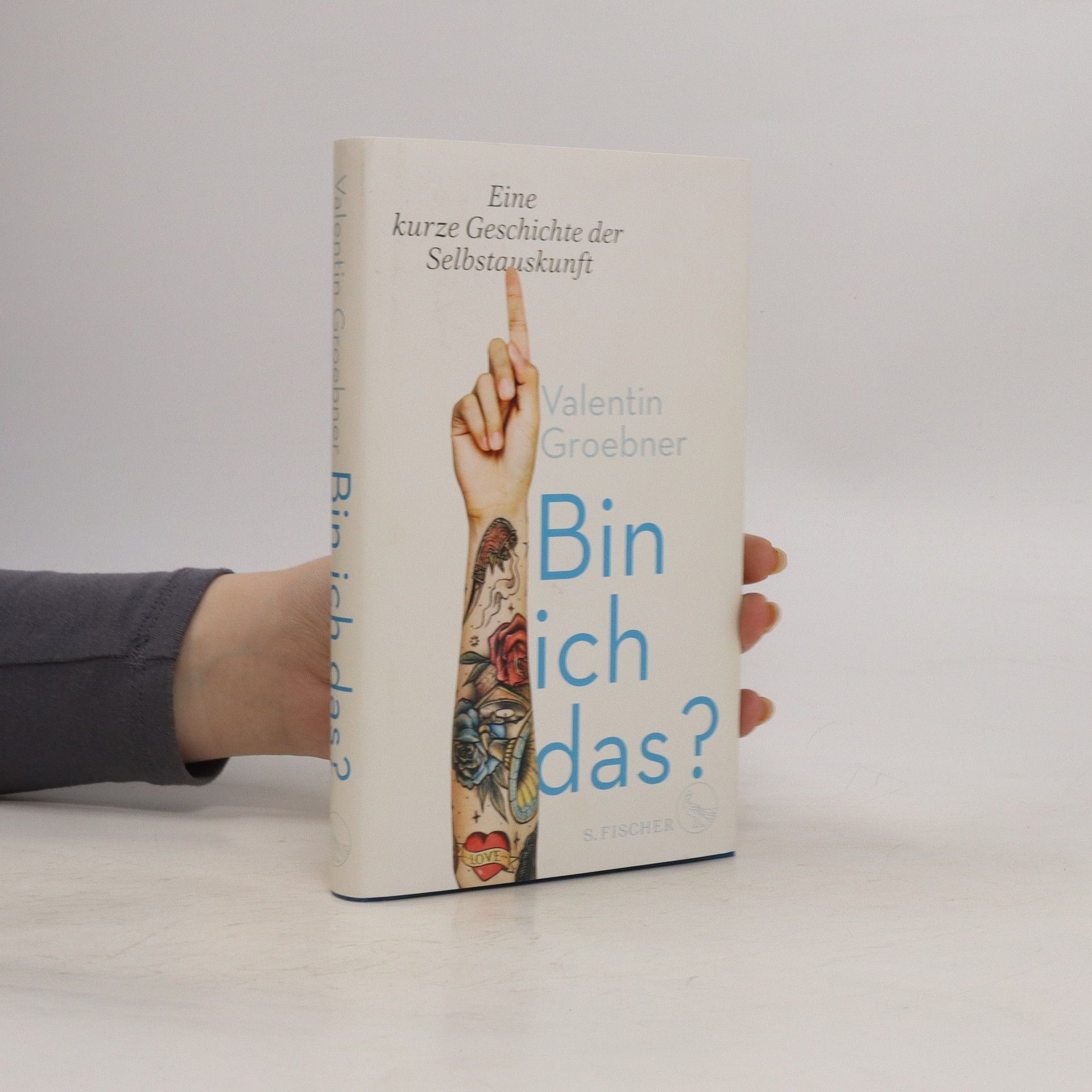Come venivano descritti e identificati gli individui prima dell'avvento della fotografia e delle impronte digitali, in un mondo senza amministrazioni centralizzate, in cui nomi e indirizzi cambiavano continuamente? Avvalendosi di ricerche d'archivio, ma anche dell'analisi di testi narrativi, dipinti ed emblemi delle varie epoche, Valentin Groebner ricostruisce la storia delle pratiche di identificazione e dei documenti di identità. Schede segnaletiche, sigilli, firme erano - e sono tuttora - potenti strumenti capaci di creare un doppio della persona e di portare i segni dell'autenticità burocratica. Nello stesso tempo, questi documenti parlano anche delle credenze e delle illusioni di chi li ha concepiti e adottati. A partire dal Cinquecento, il desiderio di controllare la popolazione creò un intricato sistema amministrativo per registrare l'identità degli individui, un'identità garantita dai documenti che le autorità rilasciavano e richiedevano instancabilmente. Per ironia, furono proprio queste pratiche a far nascere figure nuove come la spia che falsifica i documenti ufficiali o l'impostore che assume l'identità altrui. Groebner racconta i vari e strani modi in cui le identità venivano e vengono create, rubate e plagiate, per mostrare che i documenti sono essi stessi frammenti di storia, storie di individui di cui provano e insieme trasformano l'identità
Valentin Groebner Libri






Liquid assets, dangerous gifts
- 256pagine
- 9 ore di lettura
Valentin Groebner examines gift-giving practices in late medieval and early modern Europe, particularly in the prosperous Upper Rhine cities from 1400 to 1550. The book delves into the roles gifts—such as wine, coins, and precious metals—played in political rituals and social hierarchies. The term for gifts in German reflects their dual nature, akin to pouring liquid, highlighting their importance in an economy of information that delineated social status. While meticulously recorded and governed by social codes, the traditions of gift exchange reveal ambivalence and anxieties surrounding the practice. Groebner questions when public gift distribution transitioned from an accepted norm to something clandestine and suspect. By the late fourteenth century, references to more dangerous gifts emerged, often linked to corruption and the male body, introducing a new vocabulary in legal and polemical contexts that addressed issues like simony and usury. This language of corruption, from "greasing hands" to sexualized imagery, has persisted. The exploration of these late medieval concepts reveals how political gifts served as instruments of control and manipulation, shedding light on a phenomenon that continues to influence social dynamics today.
Who Are You?
- 349pagine
- 13 ore di lettura
Who are you? And how can you prove it? How were individuals described and identified by people who had never seen them before, in the centuries before photography and fingerprinting, in a world without centralized administrations, where names and addresses were constantly changing? In Who Are You?, Valentin Groebner traces the early modern European history of identification practices and identity papers. The documents, seals, stamps, and signatures were and are powerful tools that created the double of a person in writ and bore the indelible signs of bureaucratic authenticity. Ultimately, as Groebner lucidly explains, they revealed as much about their makers illustory fantasies as they did about their bearers actual identity. The bureaucratic desire to register and control the population created, from the sixteenth century onward, an intricate administrative system for tracking individual identities. Most important, the proof of ones identity was intimately linked and determined by the identification papers the authorities demanded and endlessly supplied. At the same time, these papers and practices gave birth to two uncanny doppelg̃ngers of administrative identity procedures: the spy who craftily forged official documents and passports, and the impostor who dissimulated and mimed any individual he so disired. Through careful research and powerful narrative, Groebner recounts the complicated and bizarre stories of the many ways in which identities were stolen, created, and doubled. Groebner argues that identity papers cannot be interpreted literally as pure and simple documents. They are themselves pieces of history, histories of individuals and individuality, papers that both document and transform their owners identity from Renaissance vagrants and gypsies to the illegal immigrants of today who remain "sans papiers," without papers
Defaced
- 217pagine
- 8 ore di lettura
From the fourteenth century onward, Western visual culture increasingly depicted violence, transforming real individuals into nameless examples of horror. Historian Valentin Groebner presents a sophisticated model to understand how late-medieval images and narratives of "indescribable" violence functioned. He explores how early-modern images were part of a complex system for visualizing extreme violence through political, military, religious, sexual, and theatrical microhistories. These representations aimed to convey real pain and terror, depicting disfigured faces as symbols of sexual deviance, invisible enemies as barbaric fiends, and soldiers as ruthless conspirators wreaking havoc. However, the interpretation of these terrifying images varied among spectators. Who did one see when confronted with violence? What impact did such images have? Groebner questions how to differentiate between illegitimate violence that disrupts social order and the sanctioned use of force. By addressing these concerns, he challenges contemporary perspectives on early-modern visual culture and encourages readers to reconsider their views on brutality in a world marked by escalating violence.
Das Mittelalter hört nicht auf
- 175pagine
- 7 ore di lettura
Ritter, Mönche und trutzige Bauern sind omnipräsent in den Klischees des Mittelalters. Doch was bedeutet „mittelalterlich“ und wie entstanden diese Bilder? Die Untersuchung verfolgt die Inszenierungen dieses Zeitalters von ihrer Entstehung im 14. Jahrhundert über die romantische und nationale Aufladung im 18. und 19. Jahrhundert bis hin zu den Vorstellungen der Nationalsozialisten und den Mittelaltermärkten sowie Computerspielen der Gegenwart. Das Mittelalter ist ein Paradox: Es ist sowohl düster als auch romantisch, aufregend fremdartig und gleichzeitig eine Wurzel für viele heutige Prägungen. Es fungiert als Reservoir für Wünsche nach einem ursprünglichen, authentischen Leben. Kaum ein Zeitalter hat die Moderne so fasziniert wie dieses, oft als bedrohlich verlockender Rückspiegel. Auch die wissenschaftliche Erforschung dieser Epoche ist nie isoliert erfolgt; Mittelalterhistoriker waren stets von den Vorstellungen ihrer Zeit über edle Ritter, Burgfräuleins und tüchtige Bürger geprägt. Sie fanden stets, was sie suchten, was bedeutet, dass Mittelaltergeschichte immer auch von der Gegenwart ihrer Erforscher handelt. Doch was passiert mit diesem Rückspiegel angesichts der Globalisierung im 21. Jahrhundert?
Die Thematik des Buches beleuchtet die Auswirkungen von Overtourism und die dramatischen Veränderungen durch die Pandemie im Jahr 2020. Es wird die Überfüllung beliebter Reiseziele thematisiert und die plötzliche Stille, die durch geschlossene Grenzen und leere Städte entstanden ist. Mit dem Wiederaufleben des Reisens nach der Krise stellt sich die Frage, wohin die Menschen reisen werden und welche neuen Perspektiven sich für den Tourismus eröffnen.
Wer redet von der Reinheit?
Eine kleine Begriffsgeschichte
Reinheit ist unverzichtbar – als Wunsch, als Ideal, als Forderung. Und sie ist imaginär: In der sozialen Wirklichkeit und in der Biologie ist sie Fiktion. Trotzdem ist Reinheit eine machtvolle religiöse und moralische Kategorie, im Mittelalter ebenso wie in der Gegenwart. Mit welchen Slogans, Bildern und Erzählungen wird sie wirksam gemacht – und als Verkaufsargument eingesetzt? Von den Predigten der Bettelorden vor 600 Jahren bis zu den Werbekampagnen von heute gibt es kaum ein Feld, das ohne Berufungen auf Reinheit auskommt. Vom reinen Gewissen bis zum naturreinen Bio-Saft dient der Begriff dazu, Ursprünglichkeit und Auserwähltheit, moralische Überlegenheit und vermeintliche Unvermischtheit zu behaupten. Wie funktioniert das? Woher kommen die Bezugnahmen auf die Reinheit, und was soll mit ihnen zum Verschwinden gebracht werden? Der Historiker Valentin Groebner begibt sich auf die Suche nach den Ursprüngen dieser Schlagworte. Willkommen in der Welt der Saubermänner: eine schmutzige Ideengeschichte.
Bin ich das?
Eine kurze Geschichte der Selbstauskunft
Was steckt eigentlich hinter dem neuen Zwang, sich zu zeigen? Mit viel Humor, Selbstironie und klugen Beobachtungen erzählt Valentin Groebner – »eine(r) der coolsten Geschichtswissenschaftler momentan überhaupt« (litera. taz) – seine kurze Geschichte der Selbstauskunft. Denn ob im Bewerbungsgespräch oder per Instagram-Account, bei der Teambildung oder im Dating-Profil: Ohne Selbstauskunft geht heute nichts. Sie ist sowohl Lockstoff als auch Pflicht, steht für Reklame in eigener Sache und das Versprechen auf Intensität und Erlösung, in den Tretmühlen der digitalen Kanäle ebenso wie in politischen Debatten um kollektive Zugehörigkeit.Doch wie viel davon ist eigentlich Zwang, und wie viel Lust? Was haben wir, was haben andere vom inflationären Ich-Sagen und Wir-Sagen? Diesen Fragen geht Valentin Groebner auf der Suche nach dem Alltäglichen nach. Er zeigt, was historische Beschwörungen der Heimat mit offenherzigen Tattoos gemeinsam haben, und was den Umgang mit alten Familienfotos und demonstrative Rituale des Paar-Glücks (Stichwort Liebesschlösser an Brückengeländern) verbindet. Doch ist öffentliche Intimität wirklich die Währung für Erfolg – oder eine Falle?
Wissenschaftssprache
- 143pagine
- 6 ore di lettura

